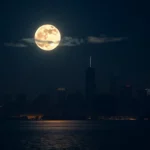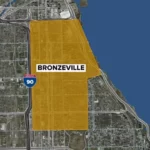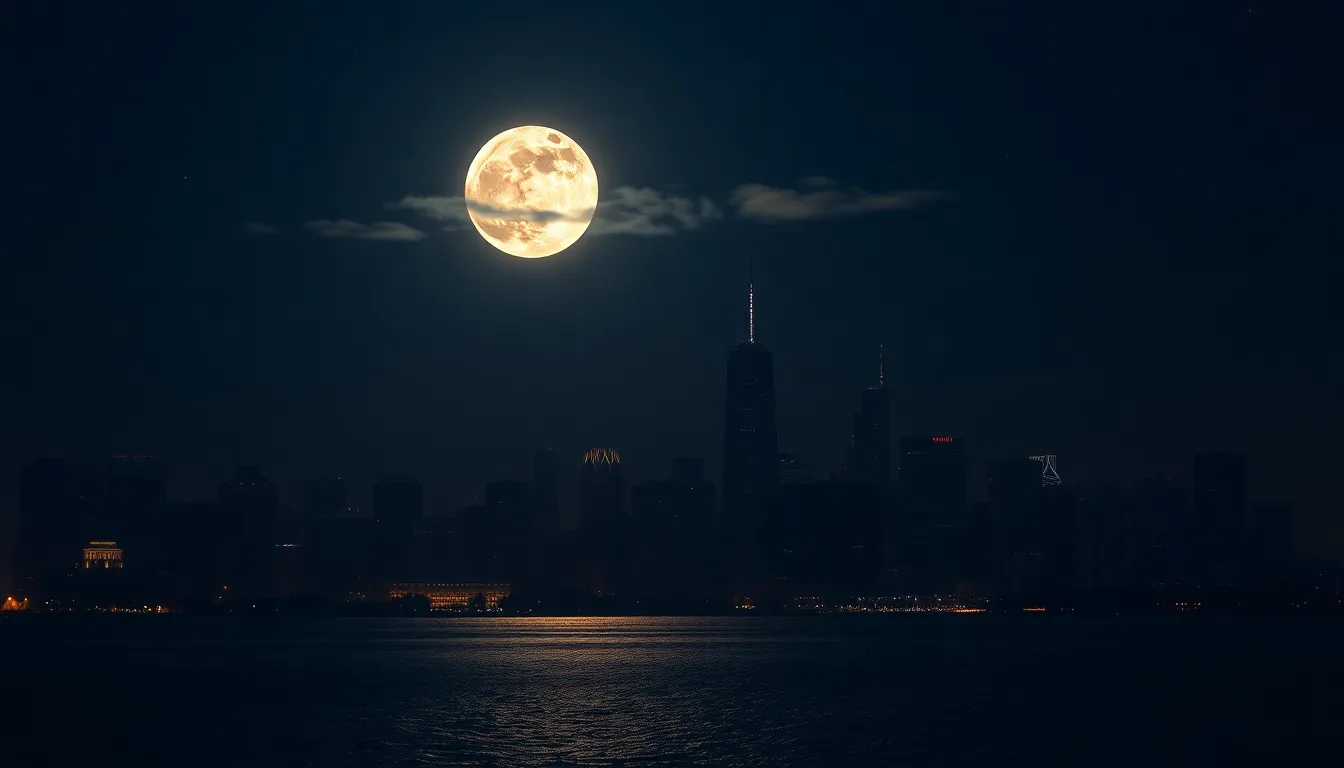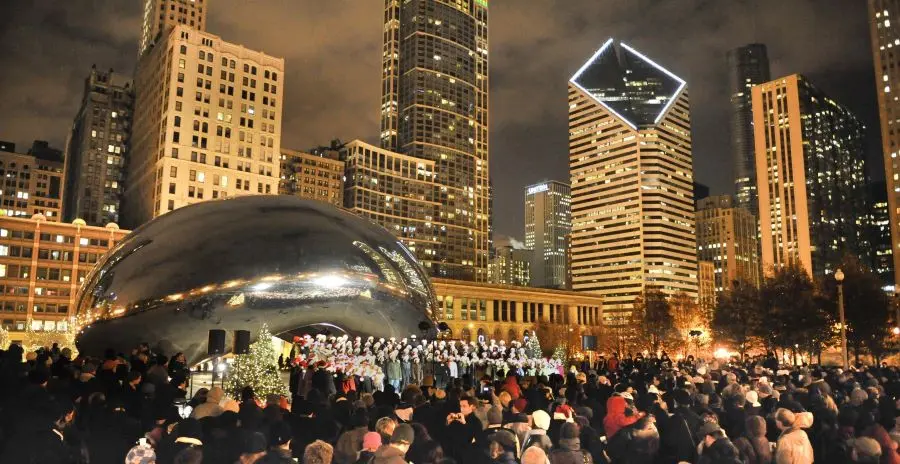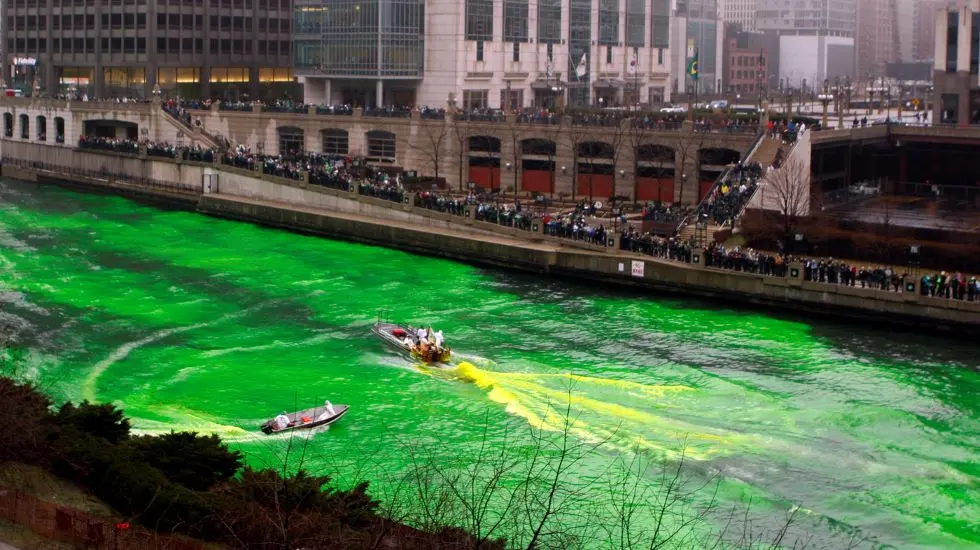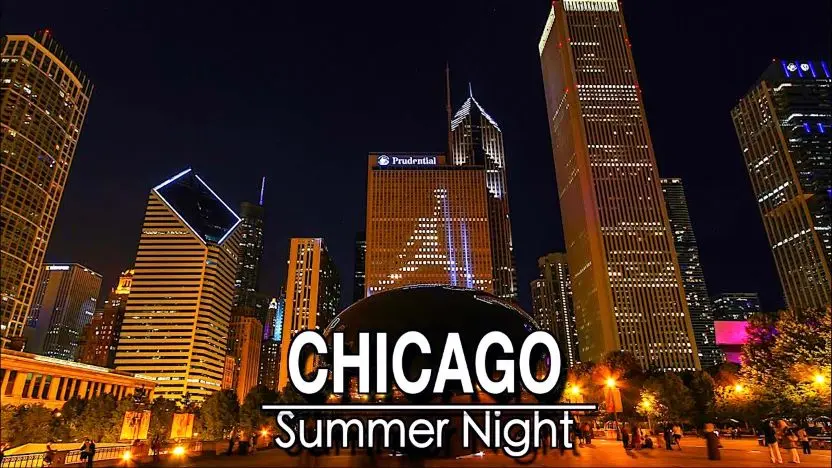Ever looked up at the night sky to see our familiar Moon transformed into a glowing copper orb? That’s the magic of a lunar eclipse—a celestial event accessible to anyone with clear skies and a bit of patience. The next few years offer some intriguing opportunities for Chicago residents to witness this astronomical phenomenon. Let me walk you through what to expect, when to look up, and why these events are more fascinating than you might think.
Understanding the Basics: Not All Eclipses Are Created Equal
Lunar eclipses occur when Earth positions itself directly between the Sun and Moon, casting a shadow across the lunar surface. Unlike solar eclipses that require special viewing equipment, lunar eclipses are perfectly safe to view with the naked eye.
There are three main types:
- Total lunar eclipses: The entire Moon passes through Earth’s umbra (darkest shadow), often turning a dramatic red color
- Partial lunar eclipses: Only a portion of the Moon travels through the umbra
- Penumbral lunar eclipses: The Moon passes through Earth’s penumbra (outer shadow), creating a subtle dimming effect that can be difficult to notice
Chicago recently experienced a penumbral lunar eclipse on March 25, 2024. As TimeAndDate.com notes, these can be “a bit hard to see as the shadowed part is only a little bit fainter than the rest of the Moon.”
Interestingly, Chicago faces a lunar eclipse drought in 2025—we won’t see any from our location due to the fascinating mechanics of orbital geometry. The Moon’s slightly tilted orbit means eclipse seasons shift throughout the year, creating visibility gaps for specific geographic regions.
Mark Your Calendar: March 3, 2026 Total Lunar Eclipse
The celestial drought ends with a spectacular event: a total lunar eclipse visible from Chicago on March 3, 2026. Here’s the timeline (all times CST):
- Penumbral phase begins: 11:57 PM (March 2)
- Partial eclipse begins: 12:53 AM
- Total eclipse begins: 1:26 AM
- Maximum eclipse: 1:59 AM
- Total eclipse ends: 2:33 AM
- Partial eclipse ends: 3:36 AM
- Penumbral phase ends: 4:32 AM
According to NASA’s eclipse database, this event is particularly special as it will be visible across North America, giving Chicago residents a front-row seat to the celestial show.
Where to Watch: Escaping Chicago’s Light Dome
The beauty of lunar eclipses is that they’re visible anywhere you can see the Moon. However, for the most memorable experience, consider escaping the city’s light pollution.
I’ve found Montrose Harbor offers a decent compromise—reasonably accessible with an unobstructed eastern horizon. For the truly committed, venture further to Starved Rock State Park or Illinois Beach State Park for darker skies.
The Adler Planetarium typically hosts viewing events for major astronomical phenomena, offering telescope access and expert guidance. I still remember watching the 2019 eclipse from their lakefront location—the community atmosphere made the frigid January temperatures almost bearable!
Photography and Observation Tips
Unlike the fleeting moments of a solar eclipse, lunar eclipses unfold over hours, giving plenty of time to experiment with viewing and photography.
For naked-eye viewing, look up! For enhanced detail, even entry-level binoculars reveal impressive crater detail during the partial phases.
Photographers should prepare for challenging exposure conditions. During totality, try:
- ISO: 400-800
- Aperture: f/5.6-f/8
- Exposure: 1-4 seconds (requiring a tripod)
My tip: Bracket your exposures widely, as the Moon’s brightness changes dramatically throughout the eclipse.
The Science Behind the “Blood Moon”
The distinctive reddish color of a totally eclipsed Moon comes from a process called Rayleigh scattering—the same phenomenon that makes our skies blue during the day. As NASA explains, during totality, sunlight passes through Earth’s atmosphere before reaching the Moon.
Our atmosphere filters out shorter blue wavelengths while allowing longer red wavelengths to pass through. The result? All of Earth’s sunrises and sunsets simultaneously project onto the lunar surface, creating that eerie copper glow.
The exact color varies with each eclipse—from bright orange to deep brick-red—depending on global atmospheric conditions, volcanic activity, and even cloud cover around Earth’s limb.
Beyond 2026: Future Skywatching Opportunities
While waiting for the 2026 lunar spectacle, Chicago skywatchers can enjoy a partial solar eclipse on March 29, 2025, though with only about 9% obscuration at sunrise, it may prove challenging to observe.
Looking further ahead, the August 12, 2026 total solar eclipse will be visible as a partial eclipse from Chicago. The 2026 lunar eclipse belongs to Saros cycle 123, which means a similar eclipse will occur in the same lunar month every 18 years and 11 days.
According to EclipseWise.com, these predictable cycles allow astronomers to catalog eclipses centuries in advance, connecting us to both past and future observers who have witnessed these cosmic alignments.
Whether you’re an astronomy enthusiast or simply curious about the night sky, lunar eclipses offer accessible cosmic wonders requiring no special equipment—just a willingness to stay up late and look up. Chicago’s next big lunar eclipse opportunity might be two years away, but when it arrives in March 2026, it promises to be worth the wait.




